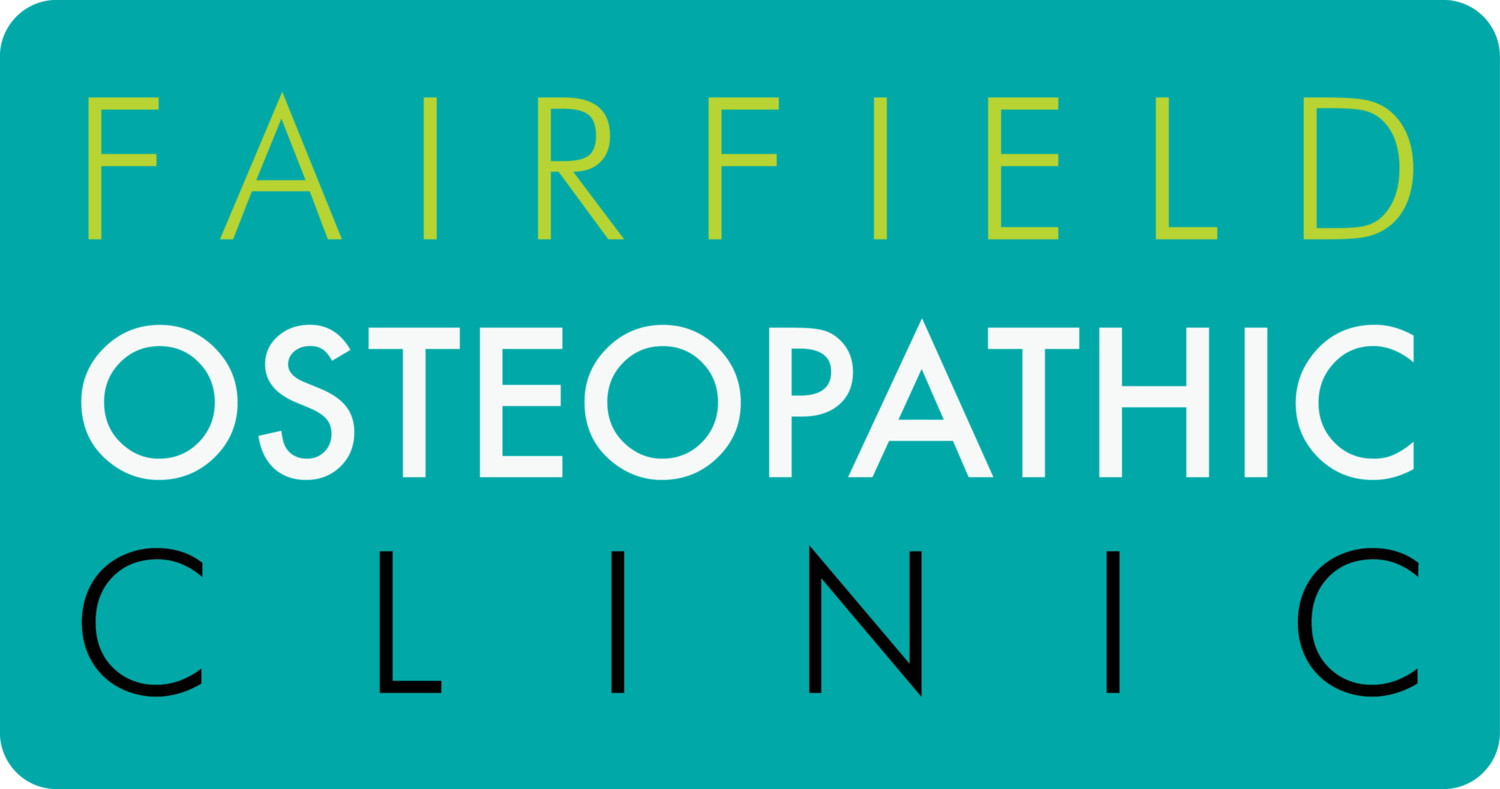To Gel or not to Gel? That is the question.
I have thought for years that topical gels were no better than placebo but after looking at the research I've had to challenge at least some of my opinions. Perhaps this will change (or at least inform) your mind.
Should I use Voltaren (Flector) Gel?
Voltaren and Flector Gel are topical anti-inflammatory gels which can provide relief from pain in joints and muscles. The active ingredient is diclofenac which is a non-steroidal anti-inflammatory.
Studies have shown that using Voltaren gel is better than using nothing for short episodes of pain, often from injuries like joint sprains or muscle strains (1). In fact the rubbing motion alone can reduce the sensation of pain.
Anti-inflammatory tablets (nurofen, advil, nagestic, herron blue) can also be taken by mouth and the amount absorbed into the blood is greater than from a topical cream, however, these tablets are associated with an increased risk of gastro-intestinal side effects like ulcers and bleeding, and are more likely to interact with other medications.
It’s been shown there is no difference between the effects of topical or oral anti-inflammatories when used for chronic conditions like osteoarthritis (2).
Ice Gel?
The main ingredient in Ice Gel is menthol. When applied, menthol creates a cooling sensation of the skin which can reduce the perception of pain for up to 30 minutes (3).
As Ice Gel reduces skin temperature, the amount of blood flow to the area decreases, therefore, Ice Gel can be effective if you are trying to reduce bleeding and swelling (4), like in the instance of a ‘corked’ thigh. However, reducing blood supply to an area can delay the body’s normal healing processes.
Tiger Balm?
Tiger Balm is designed to provide relief from muscle and joint pain. Ingredients include camphor, menthol, cajuput oil, mint oil and clove oil. These herbs help create a sensation of warmth and increase blood flow to help heal and repair tissue. There is no evidence supporting the use of Tiger Balm.
Arnica?
Arnica cream is derived from a plant, and has been used for the treatment of bruises, aches, sprains, insect bites, muscle pain and arthritis. The efficacy of arnica is hotly debated, and results from trials are mixed. Some studies state there is little difference between using arnica and topical anti-inflammatory gels like Voltaren Gel (5). While a different study reported that the use of arnica increased pain when compared with a placebo (6).
All topical gels should only be used externally on unbroken skin. Irritation of the skin may occur, including rash, itching or redness.
We would like to thank Catherine Burns (a fourth year Osteopathic student who capably runs our clinic on a Saturday) for her work putting this article together.
(1) Derry, S., Moore, R.A., Gaskell, H., McIntyre, M., & Wiffen, P.J. (2015). Topical NSAIDs for acute musculoskeletal pain in adults (review). The Cochrane Library, 6.
(2) Derry, S., Moor, R.A., & Rabbie, R. (2012). Topical NSAIDs for chronic musculoskeletal pain in adults. Cochrane Database Systemic Reviews, 12(9). doi:10.1002/14651858.CD007400.pub.2.
(3) Johar, P., Grover, V., Ropp, R., & Behm, D.G. (2012). A comparison of topical menthol to ice on pain, evoked tetanic and voluntary force during delayed onset muscle soreness. International Journal of Sports Physical Therapy, 7(3):314-322
(4) Topp, R., Ledford, E.R., & Jacks, D.E. (2013). Topical menthol, ice, peripheral blood flow, and perceived discomfort. Journal of Athletic Training, 48(2):220-225
(5) Melzer, J. (2007). Herbal arnica montana gel not inferior to ibuprofen gel in topical treatment of hand osteoarthritis. Focus on Alternative and Complementary Therapies 12(4):257-258
(6) Adkison, J.D., Bauer, D.W., & Chang, T. (2010). The effect of topical arnica on muscle pain. Annals of Pharmacotherapy, 44(10):1579-1584

